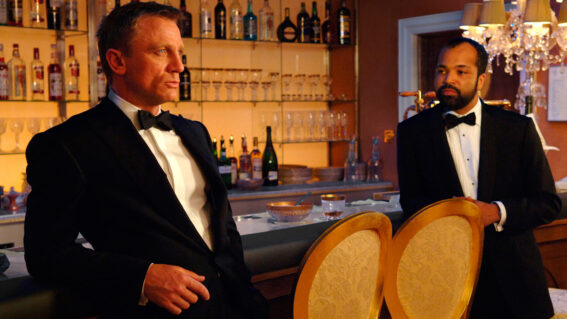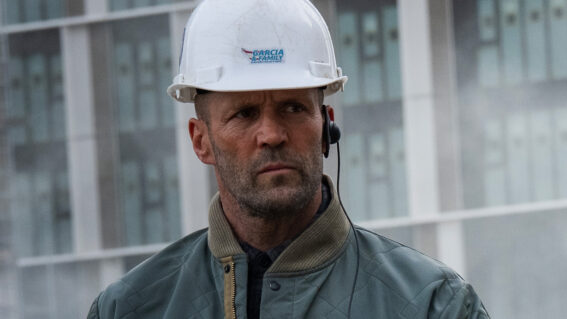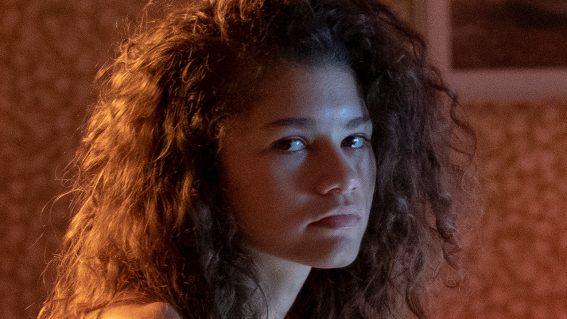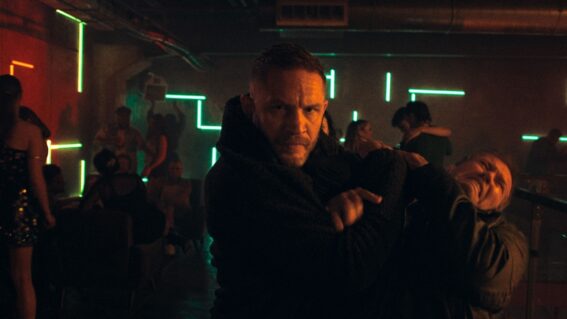You know? Definitely NOT for kids! A chat with Memoir of a Snail’s filmmaker
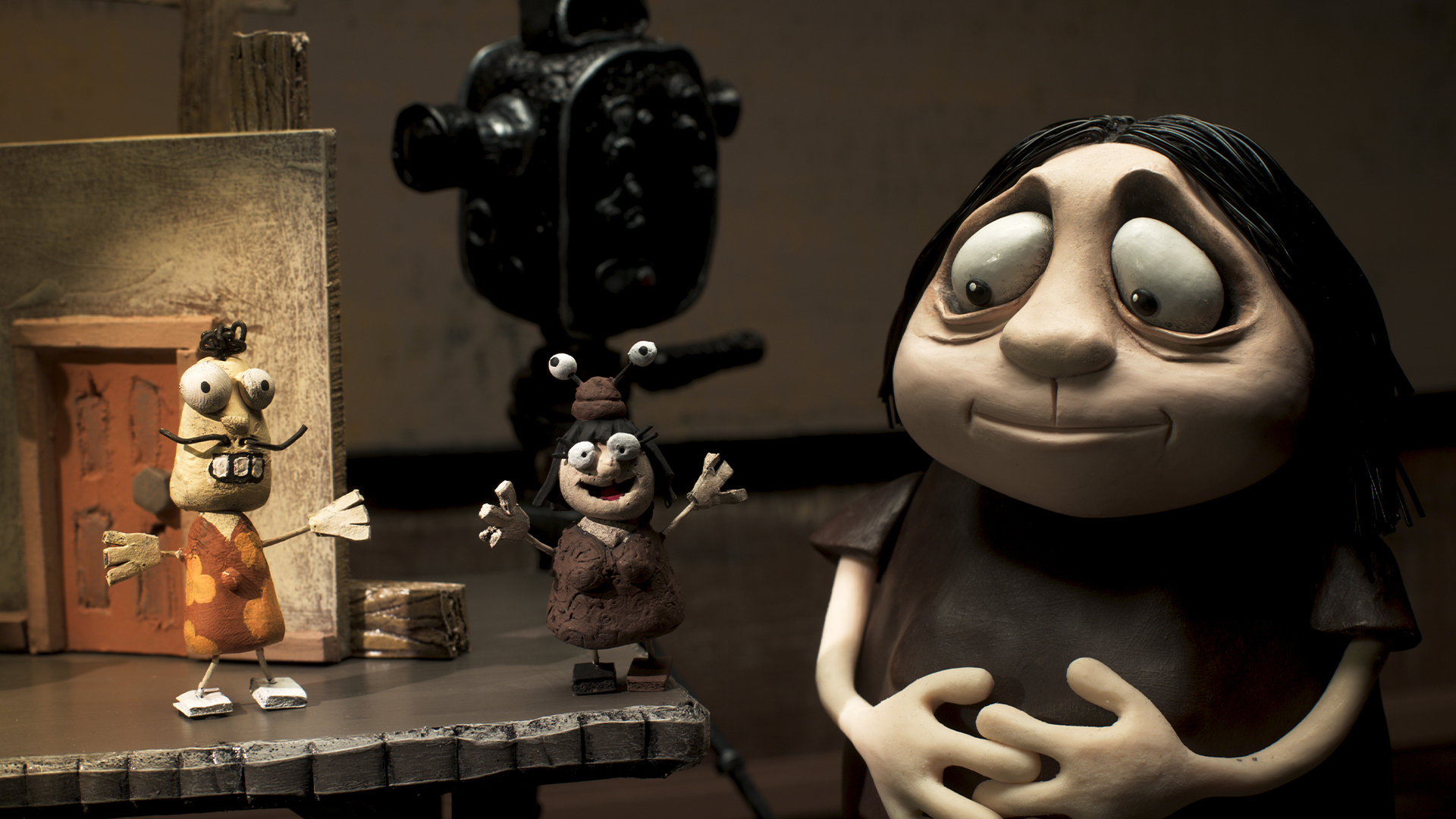
Hoarding, feeder relationships and obesity, conversion therapy, dementia, anxiety and key parties. Memoir of a Snail is not what you call standard family fare. David Michael Brown finds out more from filmmaker Adam Elliot.
“I certainly had no interest in making films for children,” filmmaker Adam Elliot told Flicks as we chatted in the ornate art deco surroundings of Sydney’s Golden Age Cinema. “But then I also wanted to make comedies too, so I knew that I was going to head into either dark comedies or comedy tragedies, but then also I wanted to tell stories about my family. So, I came up with this pretentious word, clayographies, which is now on Wikipedia, which I’m so thrilled about,” he laughs.
In an era where any form of animation is seen as a kid’s stuff, Elliot has remained a champion for the melancholy, the morose and the macabre. From his Oscar-winning short Harvie Krumpet, his debut feature Mary and Max and a slew of dark and twisted shorts, he has dared to plumb the depths of human despair. No surprise when he tells us what films inspired him. “I don’t watch Pixar or Disney. I was drawn to Eastern European films. I was into David Lynch at the time. Like every young filmmaker, I was watching Eraserhead and all these angst-ridden films. I knew I wanted to make films that were dark. I love that quote, without the dark, the light has no meaning. I certainly drag my protagonists through the mud and I’m quite cruel to them. I mean, I reward them at the end,” he laughs.
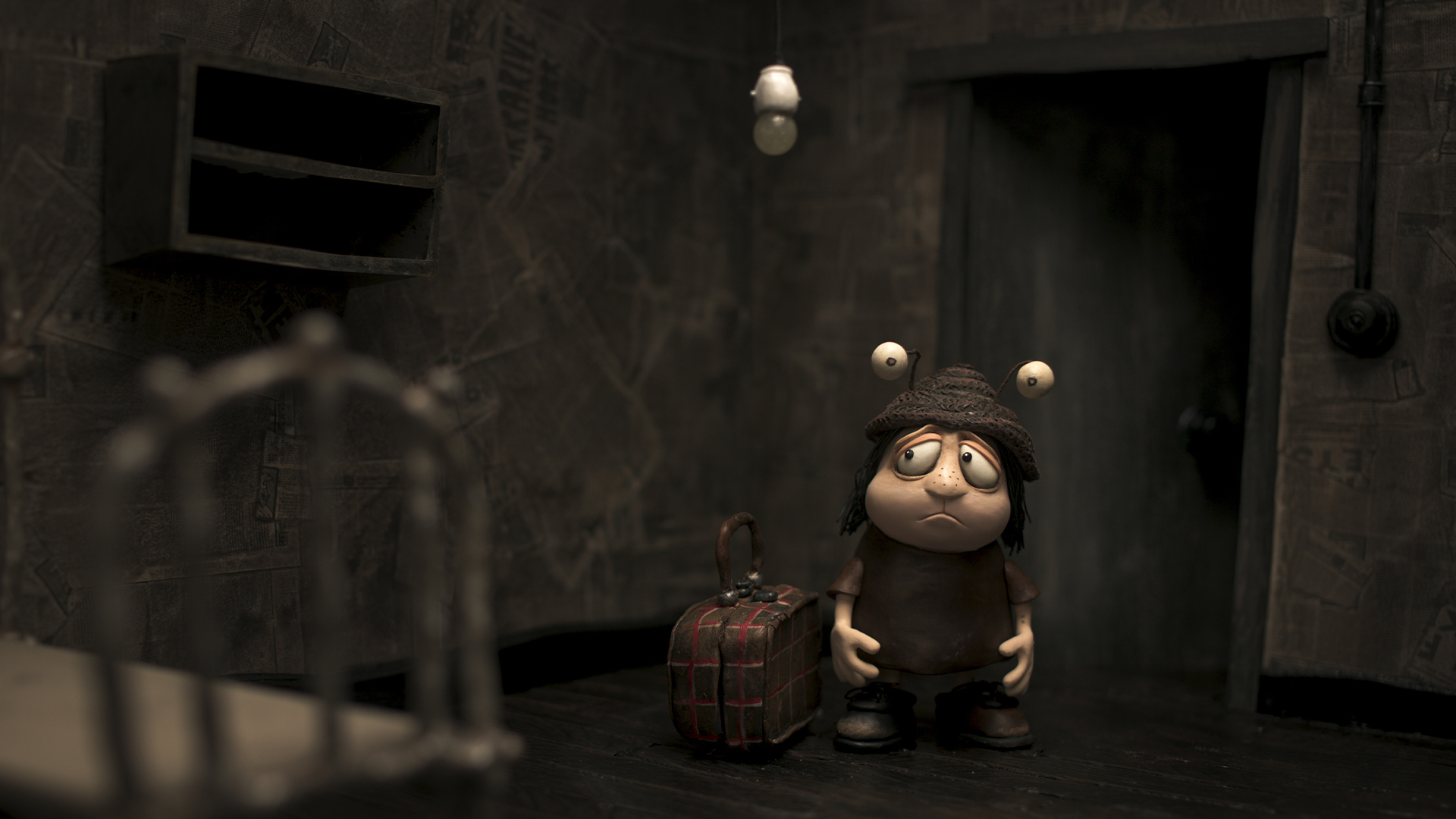
His chief protagonist in Memoir of a Snail is Grace Pudel (voiced by Sarah Snook). A young girl born with a cleft palate who hoards snails, romance novels and guinea pigs and loves British sitcom The Two Ronnies. Poor Grace goes through a lot in her life. She is bullied at school and separated from her twin brother Gilbert (Kodi Smit-McPhee), her only friend and protector, when their father dies and they are fostered out. She is sent to a swinging couple in Canberra (both voiced by Paul Capsis) while her brother is sent to a family of religious fundamentalists in Western Australia. Though she is ultimately unlucky in love, she does find friendship with Pinky (Jackie Weaver), an elderly woman who boasts that she had an airborne tryst with John Denver. All the while, the only constant in her life are her beloved snails.
Not that it was always going to be snails. “Originally, the first draft, it was Memoir of a Ladybird and then the film Lady Bird came out and I thought, well, I can’t use that,” explains Elliot, showing how long this film has been gestating. “I quickly realised that ladybirds are a bit cutesy and a bit twee, so I was looking for another animal that would be a good metaphor. I’d always had a fascination with snails. As a kid I collected them and put them in ice cream containers. They’re so weird looking and alien but also I suddenly realised, you touch a snail’s antennas and they withdraw and that’s what Grace is doing. She’s going into herself, going inwards the whole time and I thought, well, that’s a really good metaphor.”
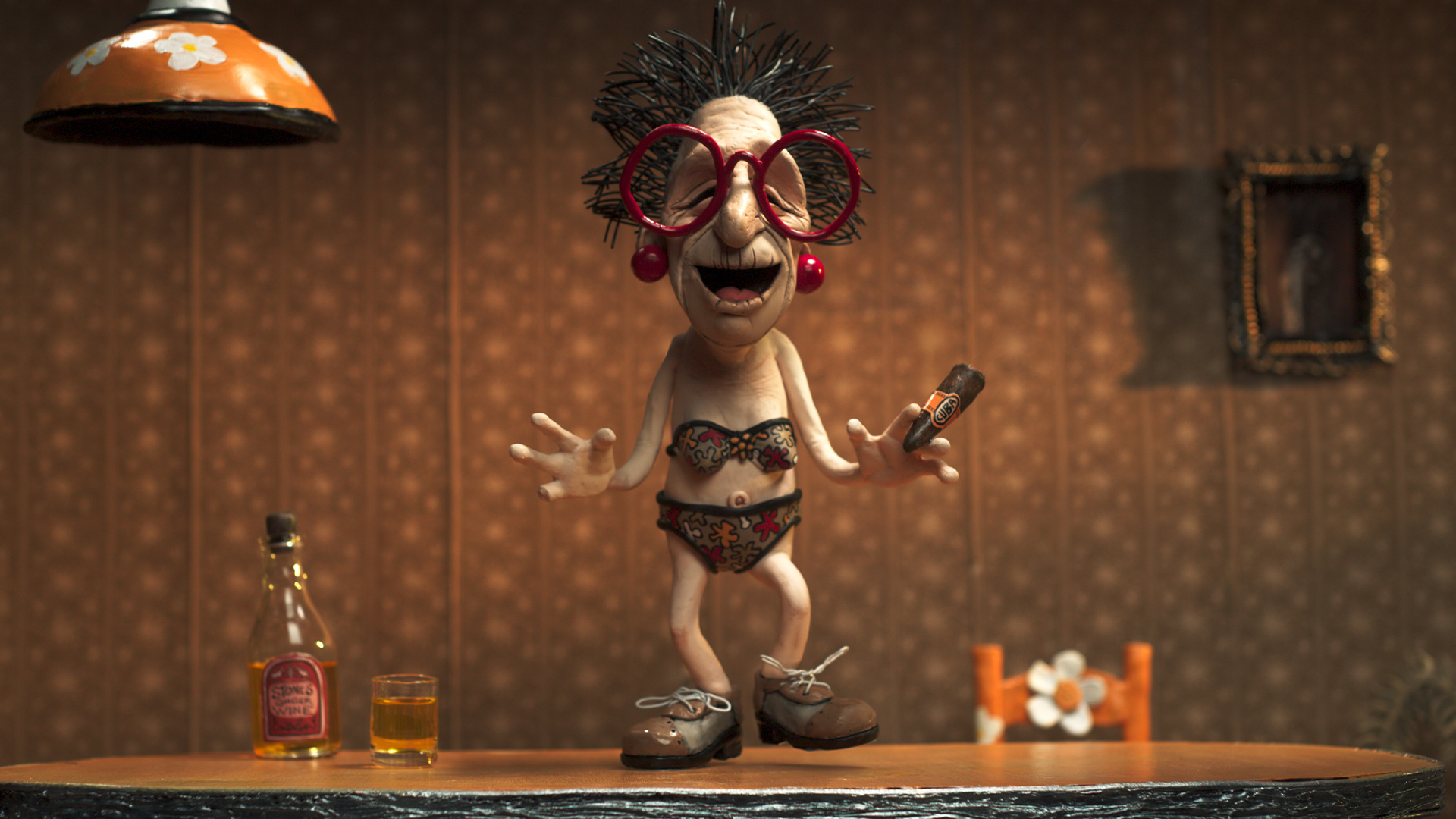
Grace, Gilbert and Pinky are beautifully layered. Every visual detail and subtle nuance adding a sorrowful layer to the delightfully dark but emotional story. They may be made from clay but their tears are as real as those who influenced them. “All my characters are based on my family and friends. So, you know, Grace, there’s a lot of my mother and father who were mild hoarders, mild collectors or extreme collectors. There’s also a friend of mine who was born with a severe cleft palate and as a child she was teased and bullied and had a lot of operations on her mouth. But then as an adult they became this confident, extrovert, flamboyant person. I was fascinated by that transformation. But then there’s a lot of myself in there too. And there’s a lot of myself in Gilbert and parts of me in Pinky. I think Pinky’s the part of my psyche that I want to become. Even Sarah Snook said that Pinky was the character she would have preferred to have voiced.”
Casting the voices that give voice to his creations is a huge part of the creative process that brings the clay creations to life as Elliot explains. “I don’t want them to think it’s a cartoon or I don’t want them to be cartoonish with their voices. I want them to have their real natural speaking voices. And the only actor who really puts on a voice is Magda Szubanski and Eric Bana a little bit too. But Sarah Snook, it’s her natural speaking voice. She has this beautiful vulnerability to her voice, a quietness and a shyness as well. She just ticked every box. And Jackie Weaver, it just had to be Jackie. Same with Kodi. Kodi just had all those qualities.”
The film also boasts the considerable talents of Nick Cave, sans his Bad Seeds. “You know, we thought about Jimmy Barnes at one point but then he had a heart attack. But then someone mentioned Nick Cave and I said, oh yeah, of course, perfect because he can read the poem and he’s a poet himself. And we were worried he would say no but he understood where I was coming from. We recorded him remotely in London and we were talking about voices. I don’t want you to do any voices. I just want you to be Nick Cave!”
“They all pretty much were our dream cast and we got them all,” he gushes. “I think for actors, it’s a lot easier to get them to do animation than live action because, in a practical sense, you don’t need them for a long period of time. There’s no costumes. There’s no makeup. Less rehearsal time.”
And saving time is all important when working with such a labour-intensive process. The tragicomedy was shot in 32 weeks, which is quick for animation. Post was six months. Pre-production, when all the assets were made, was about six months. “So, for a stop-motion film, it was quite quick, but for a live-action film, yeah, it was incredibly slow.”
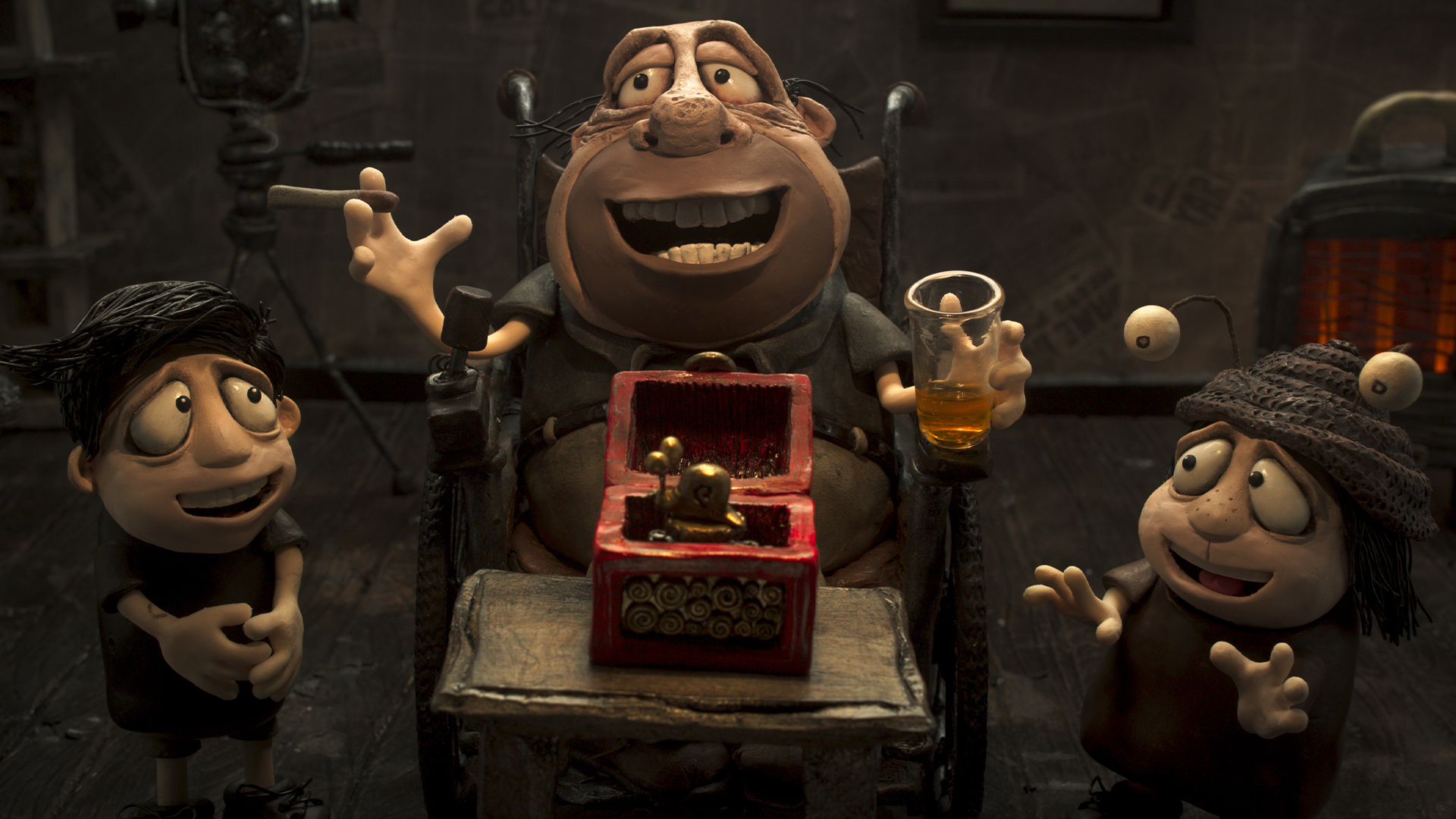
For some who took up such a niche profession it’s surprising that becoming a director wasn’t top of Elliot’s career choice. “I didn’t even want to be a filmmaker,” he explains. “You know, I wanted to be a vet at one point. I wanted to be a portrait painter and enter the Archibald Prize. But no, I didn’t go to film school until I was about 25. I was going to do 2D animation because I liked to draw,” he continues discussing how his family once again influenced his life choices. “There were only eight students and most of the students were doing 2D animation. There was a spare Bolex camera and the lecturers said, one of you is doing stop-motion. Adam, your father owns a hardware shop. You can get free materials like glue, paint, wood. And I was a bit reluctant, but I’m so glad.”
Jokingly calling himself the Quentin Tarantino of clay, Elliot is a self-proclaimed control-freak. “I’m a megalomaniac! I could never go to live action because I wouldn’t have the creative control that we have. I’m an auteur, you know, my fingerprints are literally over everything. I can’t help but infuse myself into the stories.” He continues, “Stop Motion! It’s a great art form because it’s a combination of all the things I love. Writing, storytelling, cinematography, making stuff, drawing. So, it ticks all the boxes,” he laughs.


